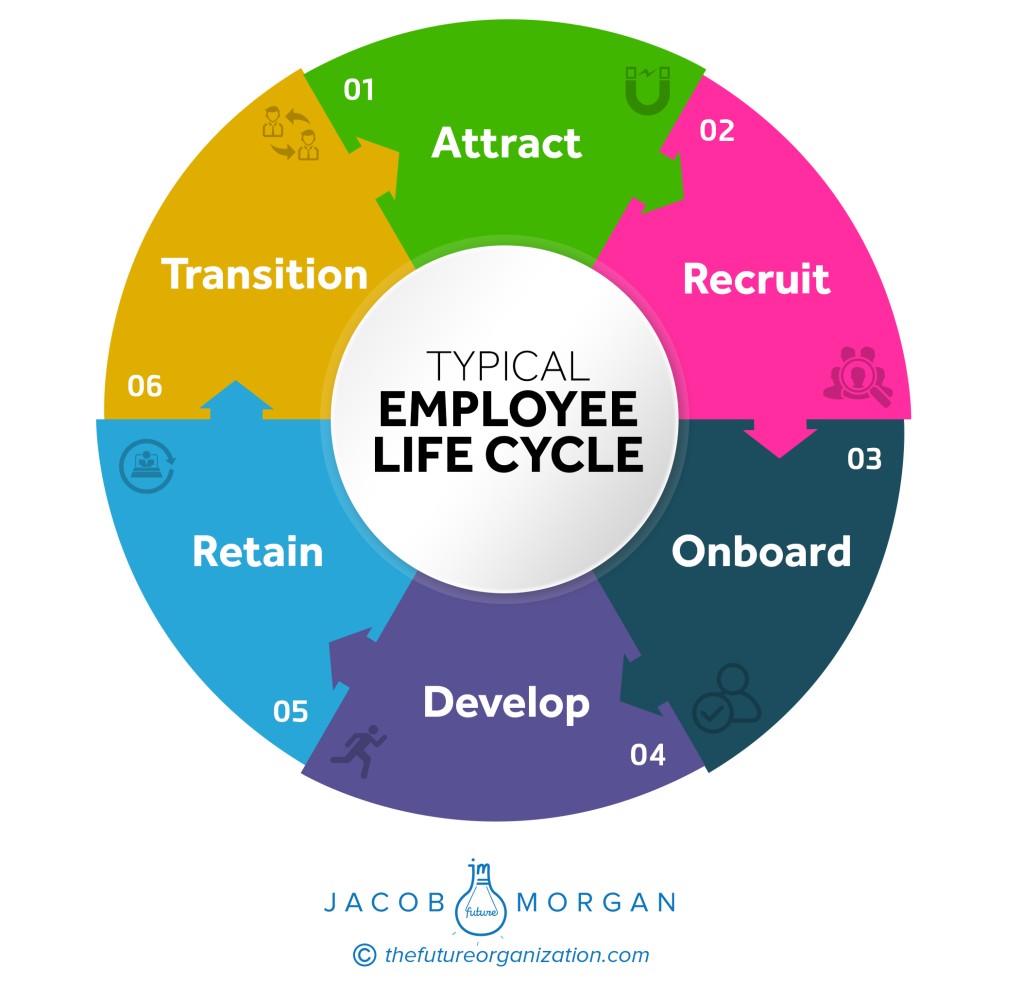This is a preview of the paid post that is only available for subscribers of Great Leadership on Substack. To get access to the full post, go here to upgrade, you’ll be glad you did!
What stage are you in?
Sounds like a weird question to ask right?
And before you’re wondering if I hit my head, I want you to consider that every single one of you reading this right now who are working for a company, are in a “stage.”
You might not know it, but you are. You didn’t ask to be in it and you probably have no idea what I’m talking about, but your HR team does.
What stage am I talking about? The employee life cycle. This is how your company views you and how all companies out there view their employees. They are tracked, monitored, and identified as they go through different stages while they are working for a company.
It’s hard to pinpoint exactly when the life cycle was created or who even created it but it emerged in the late 70’s, and then really took off in the 80’s, and 90’s as a general framework.
Granted, this model, was once vital for understanding and managing the employee experience, it’s now obsolete. This made sense in a linear world where everyone had one career path, one ladder, one employer, one path to success, and where employees were viewed like expendable cogs who could easily be transitioned and replaced when need. It’s no wonder they call it “human resources.”
So if the employee life cycle is obsolete, then what should we be using instead? Let me answer that question by asking you another question.
How are things going for you at your company right now?
If you had to answer this question in a few sentences you might respond something like:
“I just got promoted into a new role and I’m a little bit nervous.
“I’m struggling with there I am and am looking for some guidance and development from my leader.”
“I’m really finding my stride and crushing everything that comes my way, I’m engaged and excited for my next challenge.”
“There’s a lot going on, my wife and I just bought our first house and we have a baby on the way so I feel overwhelmed’.”
What do all of these things have in comment? They aren’t about a life cycle but about Moments That Matter. The employee life cycle is how HR teams view their people but if you ask employees how they view their time with an organization their response will always come back describing moments and experiences that they are in or going through.
The beauty of this approach is that not only does it allow HR teams to be more flexible but it also gives more accountability and responsibility to leaders to create better experiences for their direct reports. The leaders are ultimately the ones who have the greatest impact on the experience of their people.
Employee Experience is the #1 battleground and priority for organizations around the world right now and all of this starts with Moments That Matter.
Paid subscribers can keep reading below to see some examples of what companies are doing, frameworks, and how to get started with Moments That Matter.
As a paid subscriber you will get access to weekly guides such as this one as well as exclusive 15-20 min interviews with CEOs, best-selling authors, and leading thinkers. Lastly, you will also get access to a weekly 5 min leadership hack that will help make you a better leader.

